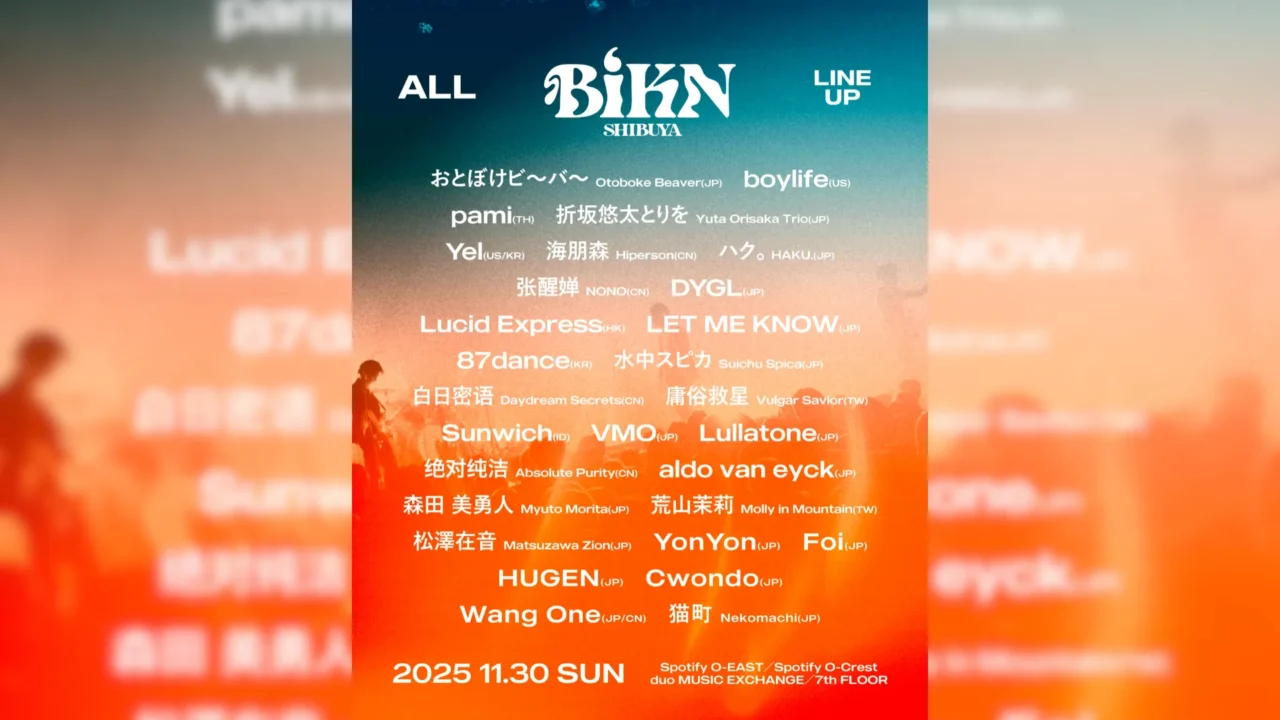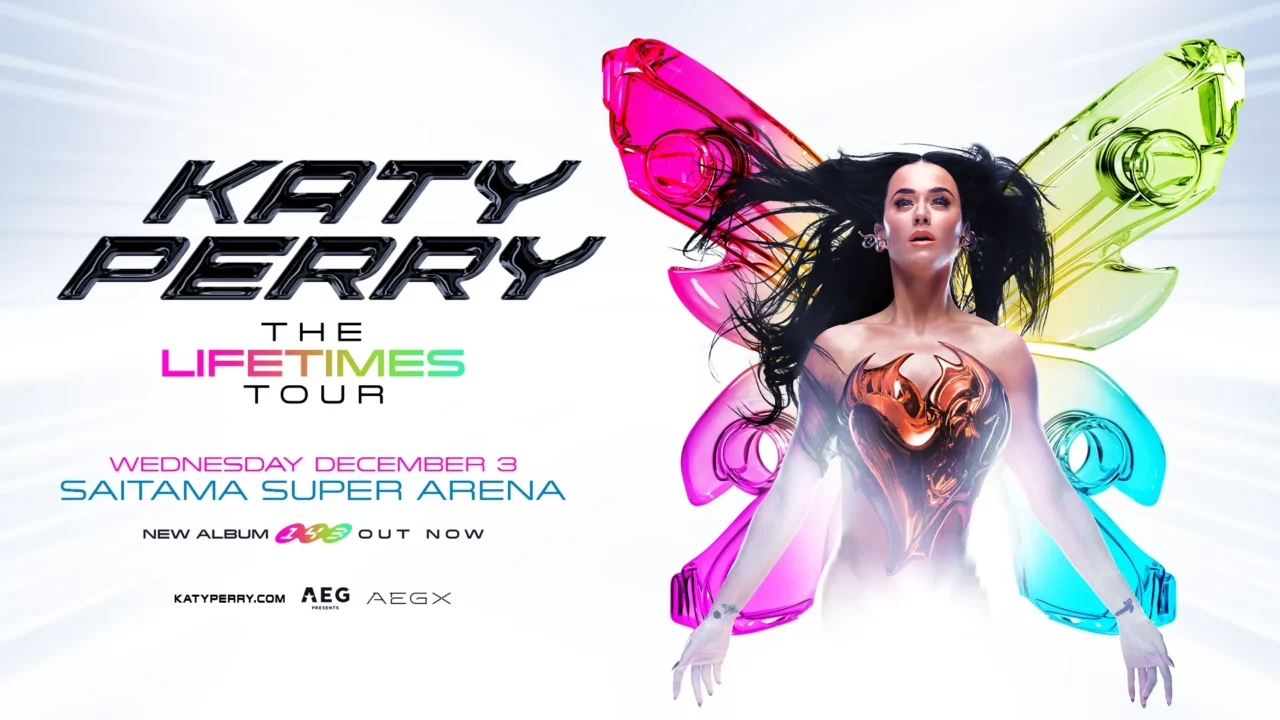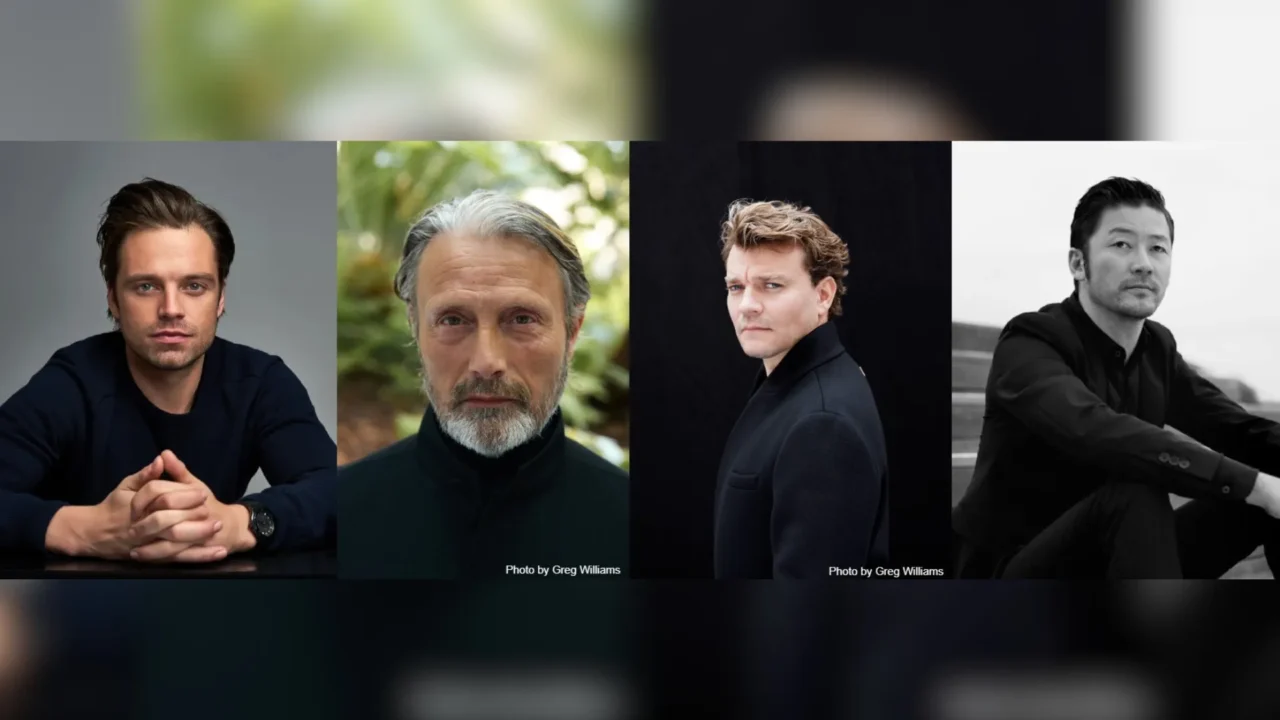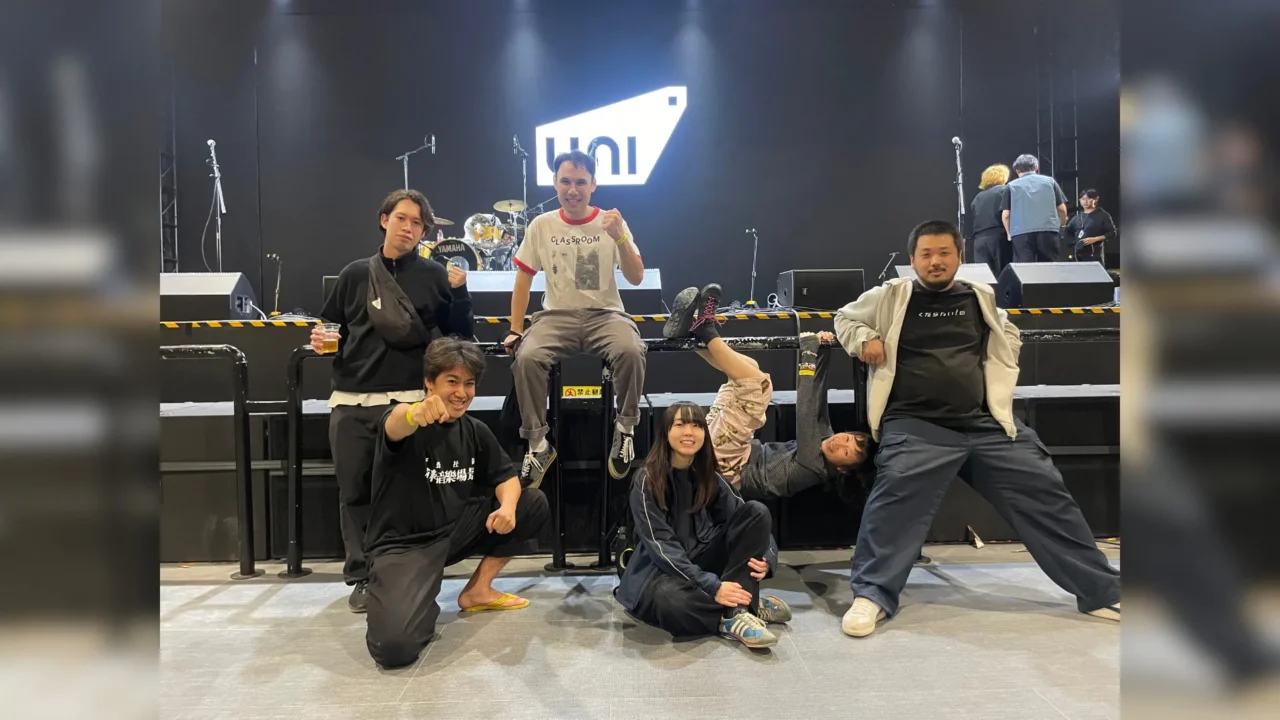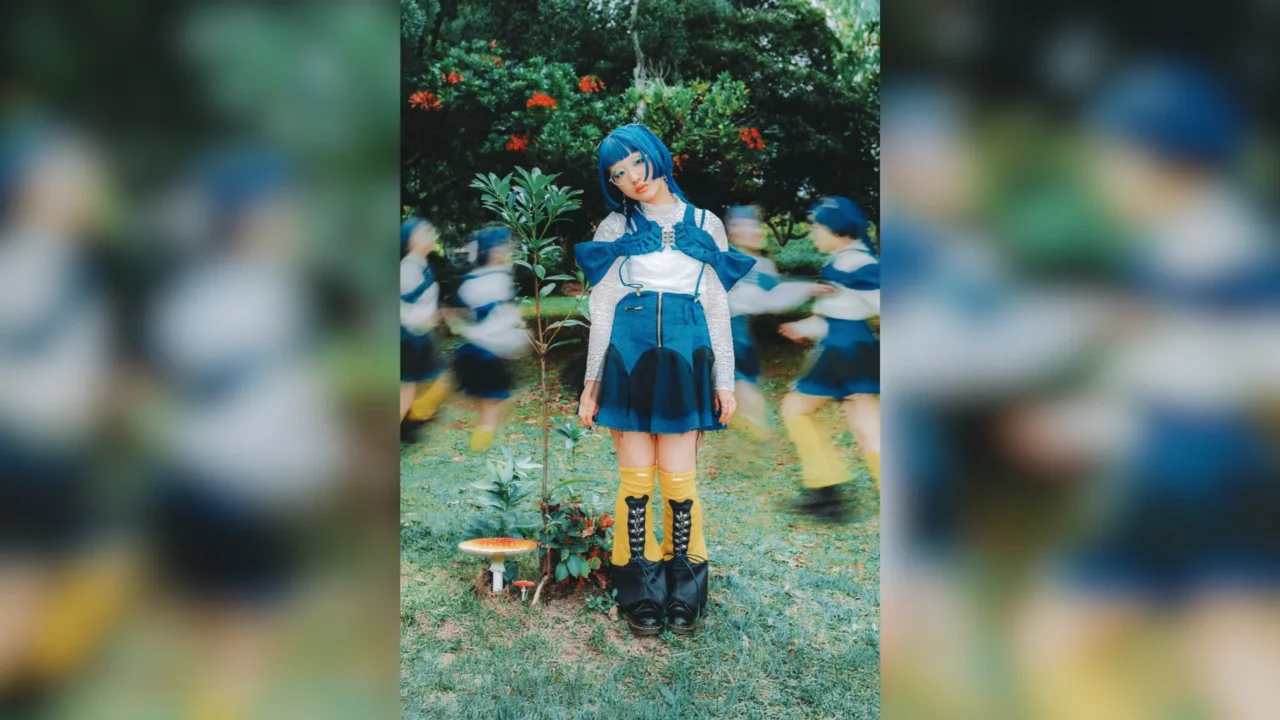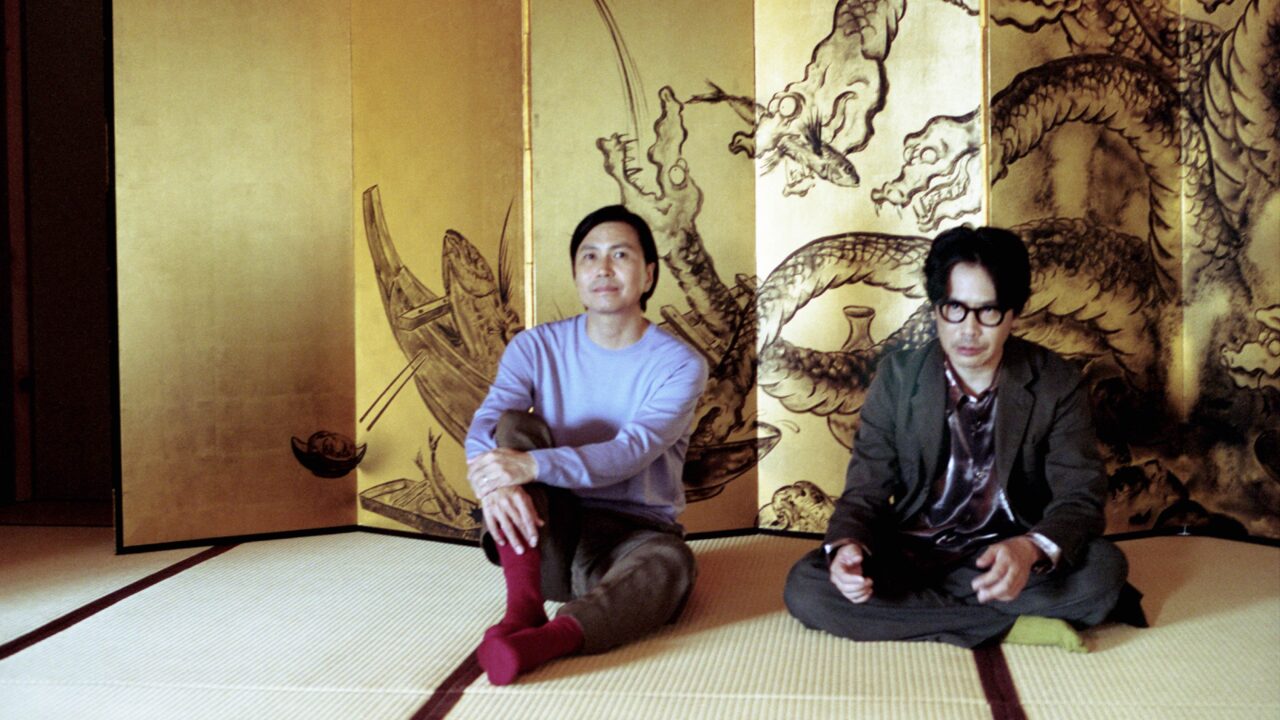INDEX
Homage to Hayao Miyazaki’s past works
While this is a story of a boy growing up, influenced by the works mentioned above, there is another major characteristic of this film. The characters in the film are projections of Hayao Miyazaki himself, and the film is also littered with homages to his past works, giving it a strong autobiographical connotation.
Masato and his great-uncle can be interpreted as a projection of Hayao Miyazaki himself. In many ways, the circumstances of Mato and Hayao Miyazaki are similar, such as the fact that his father runs an aircraft manufacturing company. The loss of his mother and the mother complex that Masato has may reflect the fact that his mother was bedridden due to illness from his childhood.
The film is also littered with scenes that seem to pay homage to Hayao Miyazaki’s previous works. The first scene in which Makoto sneaks into the tower through a twig recalls the scene in “My Neighbor Totoro” (1988) in which Makoto enters the forest. In the other world created by his great-uncle, we also see a straw that reminds us of Kodama from “Princess Mononoke” (1997) and a red-eyed insect that looks like a smaller version of the king bug from “Nausicaa of the Valley of the Wind” (1984). A large group of parakeets holding up swords reminded me of “Lupin III: Cagliostro’s Castle” (1979).
The great-uncle asks Mato, “I have thirteen untainted stones, and I want you to take over my role of maintaining the balance of the world by piling up one stone every three days. The thirteen stones may allude to the thirteen films that Hayao Miyazaki has directed to date, including the short “On Your Mark” (1995).
Although the film shares some similarities with “The Wind Rises” in terms of the historical background of World War II and the family, it can be said that this film is a more direct reflection of Miyazaki himself, including homages to his past works.













